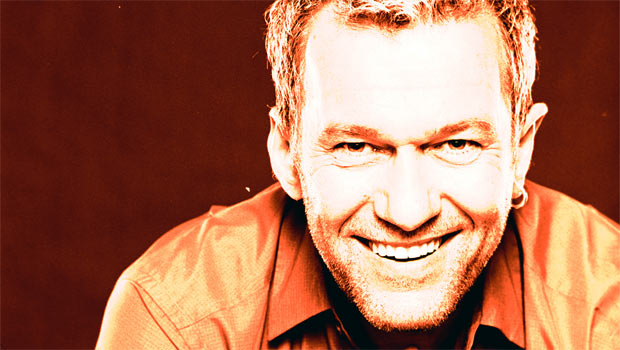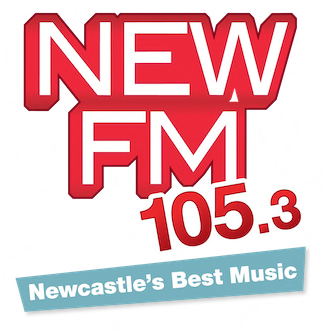Is The Voice the best way to get airplay

Commercial Radio has always been an easy target for criticism over support for new Australian artists.
It is cyclical. At various points in the cycle the criticism has a slightly different focus.
In the 90’s, the common criticism was that radio was too focused on playing new music by heritage artists, such as Jimmy Barnes (pictured) and that new artists simply couldn’t get a look in.
In the early 2000’s it went the other way.
There was a significant amount of new artists getting played at this time – particularly on the Nova and Today networks – and heritage artists felt they were having their new material overlooked.
It should be noted that triple j has always been a consistent supporter of new australian music. However that is its charter, and without having (at least publicly) any concern with ratings they can focus on this to an extent well beyond what is possible in the commercial sector. That said, triple j generally rates pretty well, particularly in Sydney and Perth.
Any argument that focuses on whether commercial radio plays enough new Australian music or not, will never reach consensus. The motivators on each side of that particular argument are different.
As private businesses, as long as commercial radio networks operate within the regulatory framework, it is their right to play as much or as little new music as they believe is appropriate for their audience. This is how it should be.
For parties who desire more Australian new music on commercial radio, they are looking at it the wrong way. Their focus should be on achieving higher quality of airplay instead of higher quantity of airplay (outlined in a previous article here). In a nutshell, their focus should centre on tightening the hours during which the quota is calculated, therefore resulting in higher quality airplay.
Rather than the parameters being 6a-midnight, a change to 6a-10pm would have a material impact on the quality of airplay new australian music receives.
However, back to the ‘cycle’.
.jpg) The cycle of criticism presently holds that the only way to get onto commercial radio is via television shows such as The Voice.
The cycle of criticism presently holds that the only way to get onto commercial radio is via television shows such as The Voice.
At the weekend in the News Limited press (see full article here) there was an article on The Voice being a pathway to commercial radio. There has been significant commentary around established artists such as Abby Dobson and Michael Paynter looking to reset their careers through the program.
In the article, Michael Parisi (pictured) commented;
“It’s an instant recognition. It may seem like the easy option but what other options do you have in this country? Nova and Austereo aren’t going to take a chance on a brand new pop act unless they have 10,000 Facebook friends before it even starts.”
Is Parisi right?
If you are a Content Director or Music Director, are you more likely to give airplay to an artist from The Voice, over a new artist that comes across your desk? Or is it all about the song, regardless of where it originates.
However, irrespective of the the impact or otherwise of The Voice on airplay, commercial radio remains an easy target for criticism and there is no doubt that there are clearly cycles of conservatism, and cycles when radio is more adventurous. It has been this way forever.
Ultimately, radio stations that have a strong understanding of what their audience expect from their brand, and deliver that, will be in the strongest position.
|
Dan Bradley is Executive Director of Kaizen Media; a boutique international radio consulting and artist management company, working with radio stations, media talent and music artists. You can contact Dan here. |
 |
 |
Dan Bradley is Chief Brand Director for The Retail Zoo, and a non-executive director of Kaizen Media and Radio Today.



